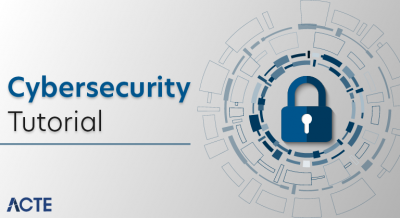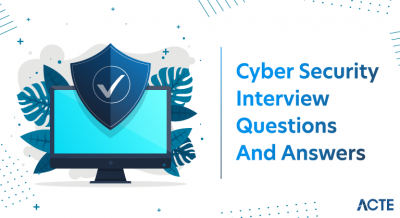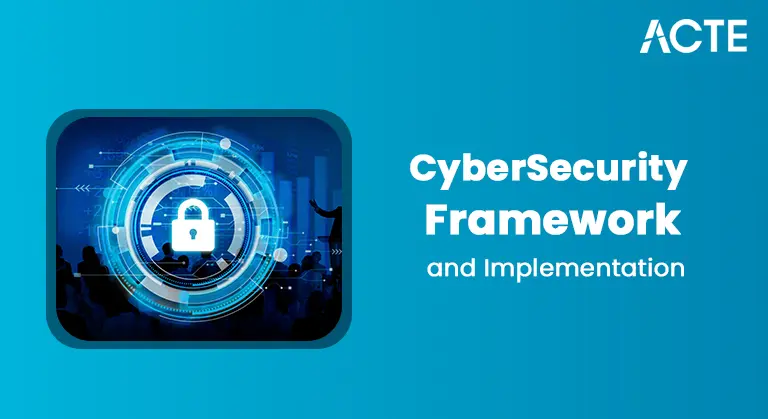
- Introduction to Cyber Trolling
- History and Evolution of Trolling
- Types of Online Trolling
- Platforms Commonly Affected
- Motivations Behind Trolling Behavior
- Impact on Victims
- Legal Framework and Cyber Laws
- Differences Between Trolling and Harassment
Introduction to Cyber Trolling
Cyber trolling has become a pressing concern in today’s digital world, affecting individuals and communities across various online platforms. What is Cyber Trolling? It refers to the act of deliberately posting provocative, offensive, or misleading messages to harass or incite emotional reactions from others. This form of online abuse often targets vulnerable individuals and can escalate into serious threats, leading to psychological distress or reputational harm. As the internet becomes more integral to everyday life, governments and organizations are recognizing the need for strong cyber security regulations and Cyber Security Training programs to combat trolling and related cybercrimes. In countries like India and the UK, initiatives led by agencies such as the National Cyber Security Centre aim to detect, prevent, and respond to malicious online behavior through monitoring tools, legal frameworks, and public awareness campaigns. Educational efforts and technical solutions like AI-driven content moderation are also being deployed to curb trolling in social media, forums, and gaming communities. Ultimately, understanding the risks and staying informed about protective measures is essential for ensuring a safer and more respectful digital environment. With increasing cooperation between global cybersecurity bodies and national initiatives, tackling cyber trolling is no longer optional it is an urgent priority for digital well-being.
Interested in Obtaining Your Cybercrime Certificate? View The Cyber Security Online Training Offered By ACTE Right Now!
History and Evolution of Trolling
- Early Internet Forums (1990s): Trolling began on Usenet and early message boards, where users would provoke others for entertainment, often under anonymous usernames.
- Rise of Social Media (2000s): Platforms like Facebook, YouTube, and Twitter gave trolls greater reach and impact, transforming trolling into a tool for widespread harassment and misinformation, prompting the use of Top Cloud Security Tools to monitor and mitigate such online threats.
- Trolling Turns Malicious (2010s): Online Trolling escalated from jokes to real-world consequences, including doxxing, threats, and mental health impacts, drawing attention from law enforcement.
Trolling has evolved from a fringe internet activity to a major concern in today’s digital age. Initially seen as harmless mischief, Internet Trolling has grown into a complex and often malicious phenomenon that intersects with cybercrime law and digital safety. With rising concerns about Online Trolling, its history reveals how quickly digital behaviors can spiral into threats that demand attention from regulators and cybersecurity experts alike.
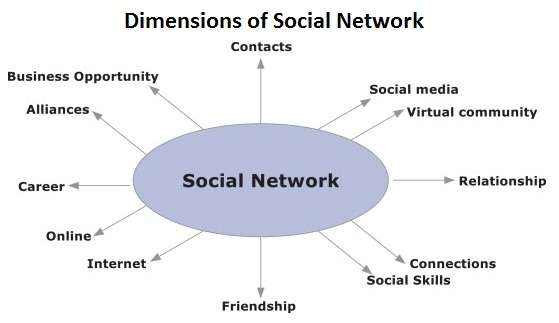
- Introduction of Cybercrime Laws: Governments began implementing cybercrime law frameworks to handle trolling as a punishable offense, especially when it involved stalking, hate speech, or threats.
- Role of Threat Intelligence: Cybersecurity experts now use Threat intelligence to detect and mitigate organized trolling campaigns, especially those tied to political or ideological motives.
- Sector-Specific Responses : In healthcare, HIPAA cyber security rules emphasize protecting sensitive data from trolling-related breaches or cyber threats, especially on digital health platforms.
Types of Online Trolling
Understanding the different types of online trolling is essential in grasping the broader issue of What is Cyber Trolling, which involves the intentional act of provoking or harassing individuals online to cause emotional distress or disrupt conversations. Trolling can take many forms, ranging from harmless pranks to severe threats that may violate cyber security regulations. Common types include “flame trolling,” where users post inflammatory content to start arguments; “concern trolling,” where trolls pretend to be sympathetic while subtly undermining the target; and “grammar trolling,” where individuals focus on correcting minor language errors to belittle others. Other forms, like “doxxing” and “cyberstalking,” are more malicious and often fall under serious cyber offenses. As trolling becomes more targeted and sophisticated, organizations like the National Cyber Security Centre are taking active steps to raise awareness, implement detection systems, and promote Cybersecurity Certifications to ensure professionals are equipped to handle emerging threats. These institutions work alongside law enforcement to establish digital safety protocols and advocate for stronger cybercrime laws to handle escalating trolling behaviors. While trolling may sometimes be brushed off as mere internet mischief, it has real consequences, making it critical for users to recognize the types and know how to report or respond, especially as online interaction becomes an everyday norm.
To Explore Cybersecurity in Depth, Check Out Our Comprehensive Cyber Security Online Training To Gain Insights From Our Experts!
Platforms Commonly Affected
- Social Media Networks: Platforms like Facebook, Twitter (X), and Instagram are prime targets for trolls due to their wide reach and user engagement, often leading to harassment and abuse.
- YouTube and Streaming Services: Comment sections and live chats are frequently used by trolls to spam, insult, or derail discussions during live broadcasts, highlighting the need for Cyber Security Training to help moderators and users manage such threats effectively.
- Online Forums and Communities: Reddit, 4chan, and other message boards are breeding grounds for organized trolling campaigns and misinformation spread.
With the rapid rise of social media and digital communities, Internet Trolling has found fertile ground across various online platforms. From social networks to discussion forums, trolls exploit these spaces to spread misinformation, provoke users, or conduct coordinated attacks. Understanding which platforms are most affected helps cybersecurity teams deploy better Threat intelligence and informs the development of stronger cybercrime law enforcement strategies. Below are six platforms commonly targeted by Online Trolling:
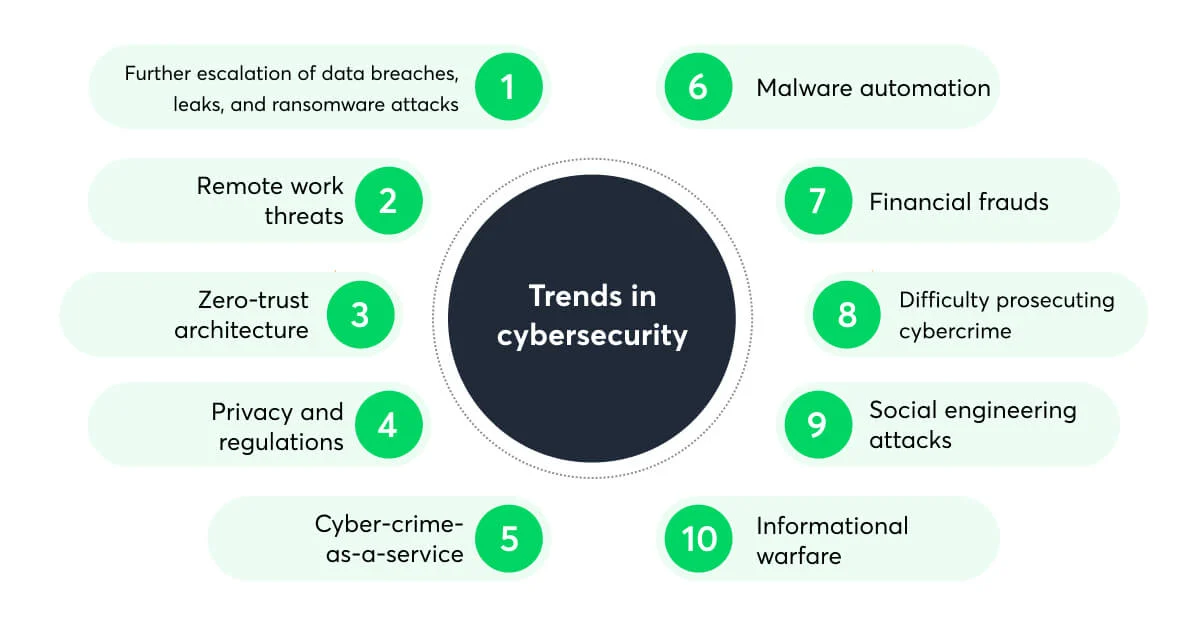
- Gaming Platforms: Trolls often target multiplayer games and streaming sites like Twitch, using voice chats or in-game messages to harass players.
- Healthcare Portals: With the growth of telehealth, HIPAA cyber security measures are being tested by trolls attempting to breach private data or disrupt services.
- News Websites and Blogs: Comment sections on news articles are often filled with troll posts, which can manipulate public opinion and undermine credible journalism.
- Emotional and Mental Health Issues: Victims often suffer from anxiety, depression, and low self-esteem due to persistent trolling and online harassment.
- Reputation Damage: False information or defamation spread by trolls can severely affect a person’s public image or career.
- Privacy Invasion: Trolls may expose personal information, leading to doxxing, stalking, or further harassment.
- Legal Complications: In sensitive sectors like healthcare, trolling can violate HIPAA cyber security standards, putting both patients and professionals at risk, which emphasizes the need for Network Penetration Testing to identify and fix vulnerabilities before they can be exploited.
- Social Withdrawal: Many victims reduce or eliminate their online presence altogether, leading to isolation and fear of future attacks.
- Workplace and Academic Impact: Targeted trolling can disrupt job performance, academic focus, and professional relationships, sometimes resulting in lost opportunities.
Motivations Behind Trolling Behavior
Understanding the motivations behind trolling behavior is essential to effectively combat its impact across digital platforms. What is Cyber Trolling? It is the act of deliberately provoking or harassing individuals online through offensive or deceptive messages, often with the intent to cause psychological harm, disrupt conversations, or spread misinformation. Trolls are driven by a variety of motives, ranging from boredom and the desire for attention to deeper psychological issues like aggression, resentment, or the pursuit of control. Some view trolling as a form of entertainment or social dominance, while others use it as a tool for ideological expression or political disruption, raising concerns that underline the importance of Cryptography in Cybersecurity to protect sensitive communications from being exploited. In more serious cases, trolling can be linked to organized campaigns aiming to manipulate public discourse or target specific groups. The increasing severity of such behavior has led governments to introduce cyber security regulations that criminalize harmful online actions. Institutions like the National Cyber Security Centre play a critical role in monitoring and mitigating such activities by enhancing digital threat detection and promoting public awareness. As online environments become more integrated with daily life, understanding these motivations can help platform administrators, law enforcement, and users develop smarter, more proactive strategies to identify, report, and prevent cyber trolling before it causes lasting damage.
Looking to Master Cybersecurity? Discover the Cyber Security Expert Masters Program Training Course Available at ACTE Now!
Impact on Victims
The rise of Internet Trolling has had significant emotional, psychological, and sometimes legal consequences for its victims. What might start as a few hurtful comments can escalate into full-blown harassment, affecting individuals across personal, professional, and social spheres. Whether it’s targeted abuse on social media or coordinated attacks in forums, Online Trolling leaves a lasting impact. As such incidents increase, governments are reinforcing cybercrime law and organizations are leveraging Threat intelligence to identify and counteract such harmful behavior. Here are six common impacts on victims:
Legal Framework and Cyber Laws
The increasing prevalence of harmful online behavior has made it essential to understand the legal framework and cyber laws that govern digital interactions, especially concerning What is Cyber Trolling the act of deliberately provoking, harassing, or intimidating individuals through online platforms. As the nature and frequency of trolling intensifies, nations around the world have introduced and strengthened cyber security regulations and emphasized Cybersecurity Threats Protection measures to combat such offenses effectively. These laws are designed to protect individuals from threats ranging from defamation and cyberstalking to more severe acts like doxxing and identity theft. For example, in India, trolling may be addressed under the Information Technology Act and IPC sections related to online abuse and defamation, while the UK has the Online Safety Bill. Enforcement agencies and institutions like the National Cyber Security Centre are playing a critical role in this ecosystem by monitoring online threats, guiding response strategies, and supporting victims through awareness and intervention programs. These laws not only aim to penalize offenders but also to build safer digital environments by mandating social media platforms to act against abusive content. While legal action is a powerful deterrent, it must be coupled with public awareness and ethical digital behavior to effectively curb the growing menace of cyber trolling.
Preparing for Cyber Security Job Interviews? Have a Look at Our Blog on Cyber Security Interview Questions and Answers To Ace Your Interview!
Differences Between Trolling and Harassment
Understanding the differences between trolling and harassment is vital in navigating the complexities of online behavior. While both can be damaging, they differ in intent, severity, and legal interpretation. Internet Trolling typically involves provocative or disruptive comments made to entertain or incite reactions from others. It often starts off as seemingly harmless but can escalate depending on the target’s response. On the other hand, harassment is more targeted and persistent, aiming to intimidate, threaten, or cause emotional harm. Online Trolling may involve sarcasm, mockery, or deliberate misinformation, whereas harassment includes repeated abusive messages, stalking, or doxxing. The shift from trolling to harassment often marks the point where cybercrime law comes into play. As laws evolve to better address digital offenses, authorities rely on Threat intelligence tools and Cyber Security Training to detect patterns and prevent harmful behavior early. In high-stakes sectors like healthcare, HIPAA cyber security standards also recognize the risks posed by digital harassment, especially when it leads to breaches of privacy or disrupts service. Ultimately, while trolling may be dismissed as online mischief, the line it shares with harassment is thin and often crossed. Recognizing this distinction helps in enforcing appropriate legal responses and building safer, more respectful online communities.


